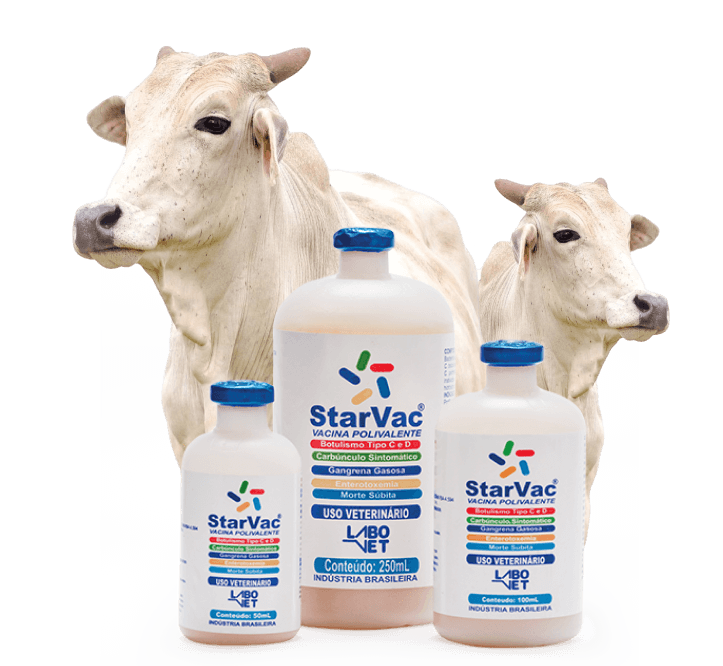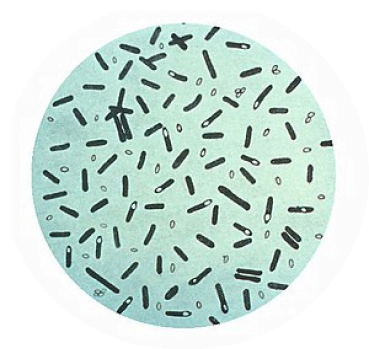It is a clostridiosis that belongs to the neurotropic group. It’s caused by Clostridium botulinum type C and D, an anaerobic, gram-positive and sporulated bacterium, resistant to several chemical agents.
CONTAMINATION: The microorganism can be found in stagnant water, contaminated food, gastrointestinal tract and decomposing animal carcasses.
Animals deficient in minerals, including phosphorus or supplemented with salt of dubious quality, develop the habit of gnawing and ingesting fragments of bones and carcasses, as well as stones, in an attempt to supply the lack of minerals. Such a condition can lead the animal to develop Botulism through the ingestion of the C. botulinum toxin.

CLINICAL SIGNS: Among the clinical signs presented are: difficulty in walking, incoordination of the hind limbs, progressive flaccid paralysis of the muscles, sternal recumbency and death. It should be noted that the intensity of clinical signs directly depends on the amount of toxin ingested.
DIAGNOSIS: The diagnosis of the disease can be made through anamneses and clinical evaluation, and its confirmation is through the detection of botulinum toxin present in the body of the affected animal by laboratory means. Food, water and forage samples can also be collected.
TREATMENT: The largest outbreaks occur in feedlots, without distinction between genders, where the herd is subject to greater stress and a failure in feeding can result in the contamination of several animals. In the treatment of Botulism, the use of hyperimmune serum and treatment of the symptoms is indicated. But it is totally unviable, because depending on the amount of toxin ingested by the animal, the disease develops and leads to death very quickly. Even if it is a smaller amount of toxins, the animal is very weak and has difficulty eating and drinking, making its recovery practically impossible.

Desde 1991, o Labovet Produtos Veterinários promove a saúde animal com vacinas, terapêuticos e embelezamento, sendo referência para outros laboratórios e exportando produtos para 11 países. Com mais de 30 anos de tradição, a empresa busca fornecer qualidade, segurança e responsabilidade ambiental aos clientes.